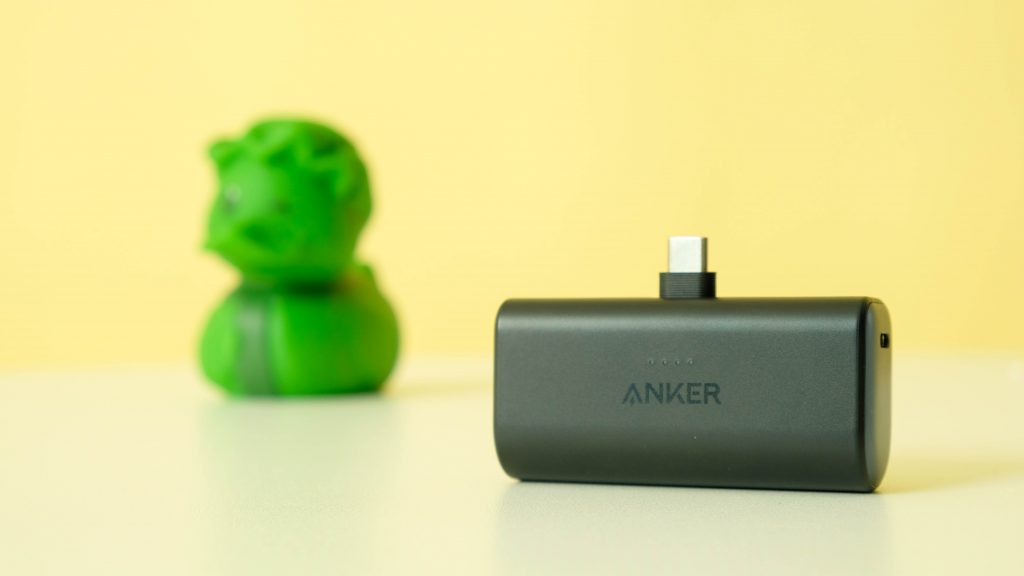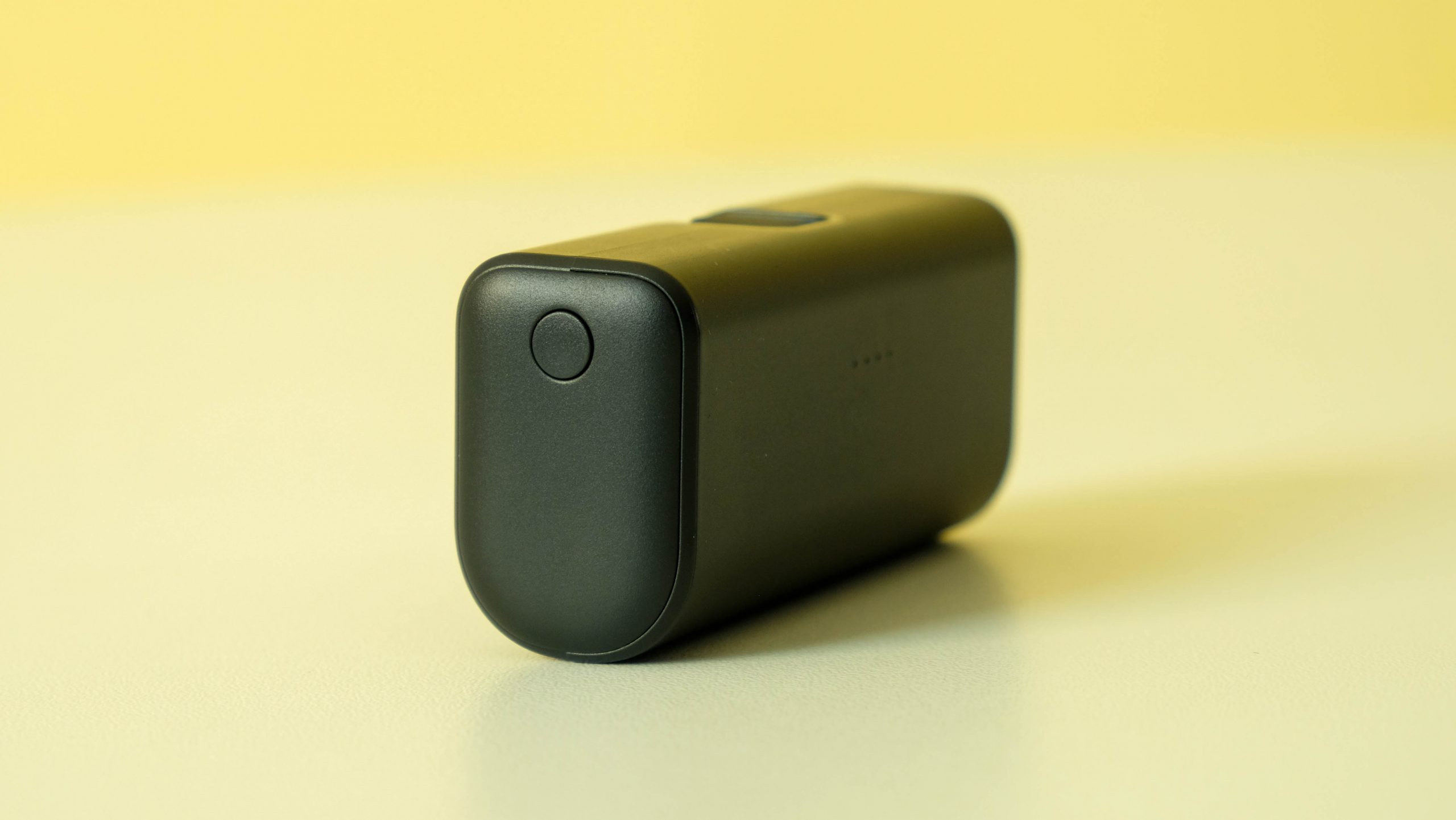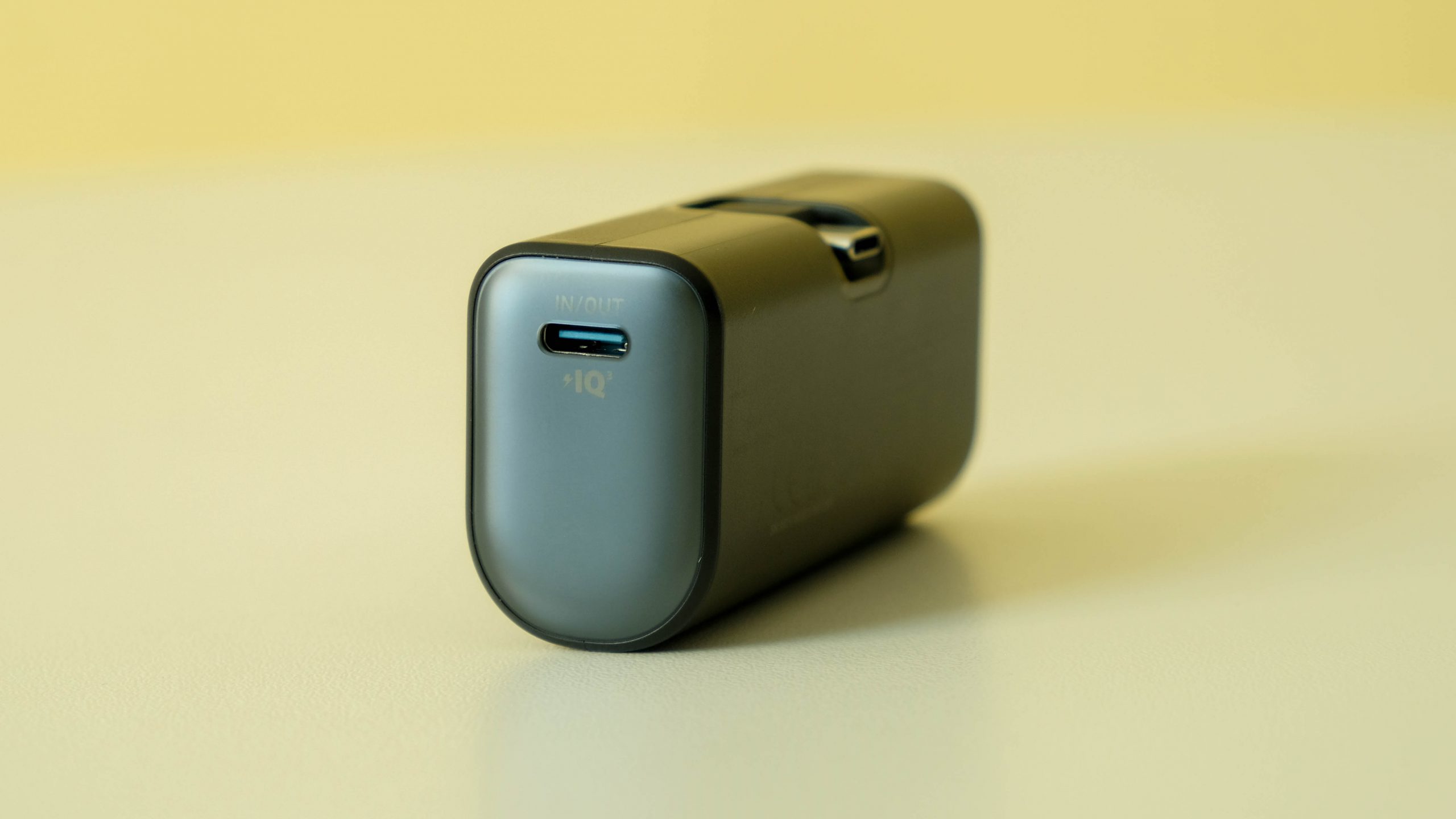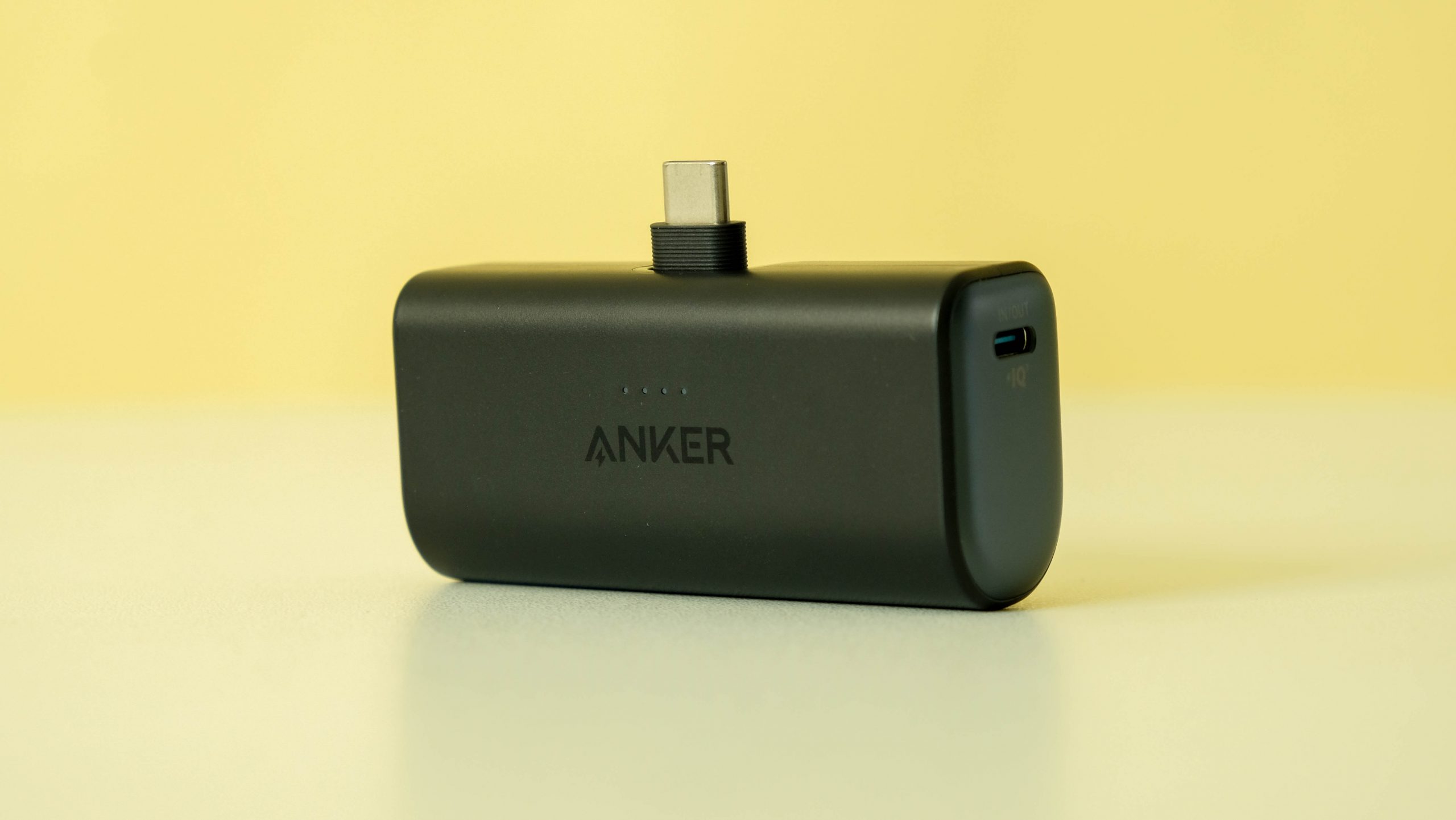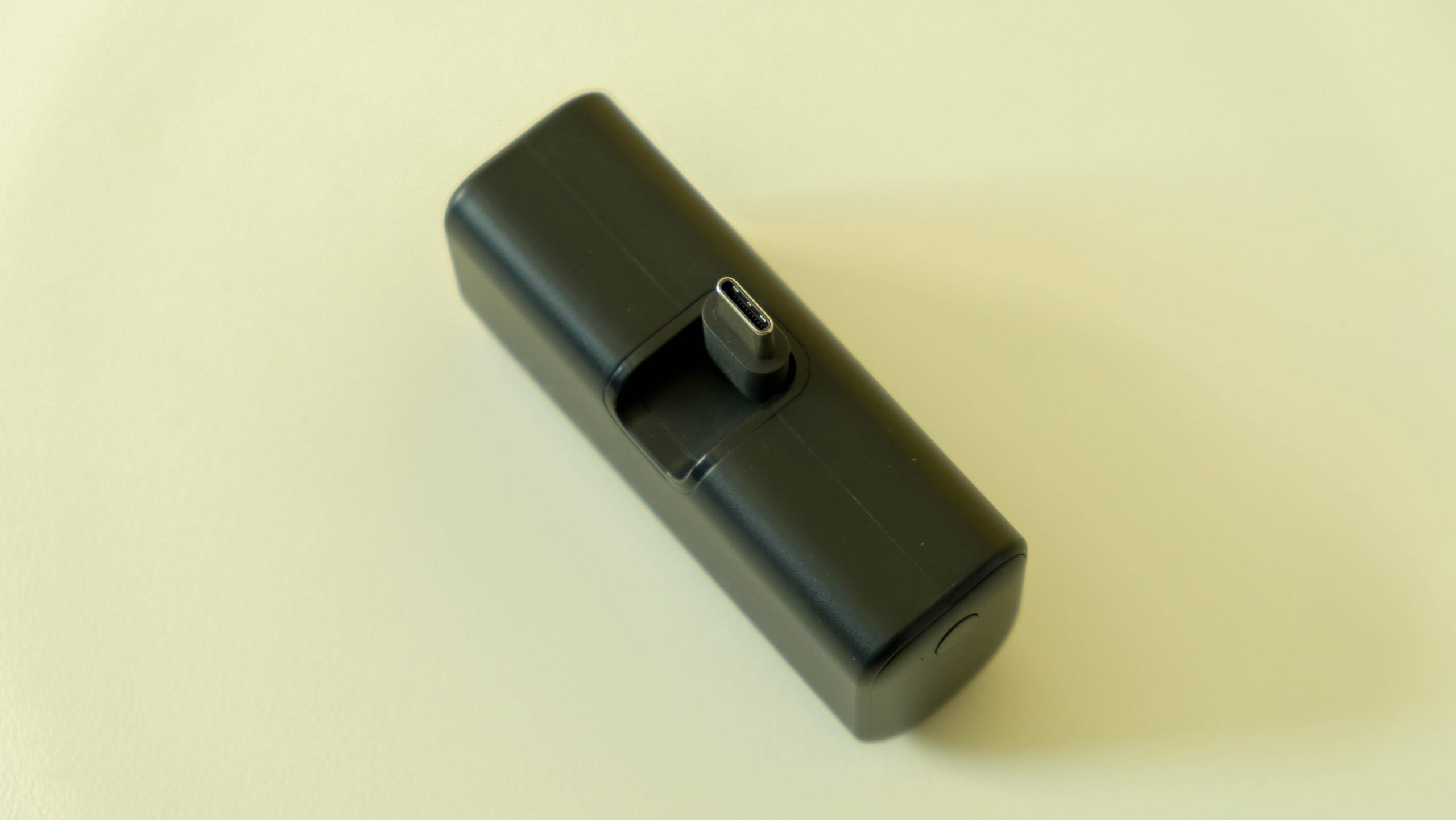It's not the world's biggest battery but it's compact enough to take everywhere and speedy enough to charge up your mobile device while you continue using it. Best of all, you don't have to bother with cables (unless you're recharging the Anker Nano itself). As an emergency backup, this one's surprisingly handy.
-
Battery
-
Design
-
Features
-
Value
Before diving into the Anker Nano it’s worth remembering that there is more than one version of this little battery pack. The first version, which included a Lightning port, only supports 15W output. That’s fair, since it only works with the iPhone and older iPads. There’s a larger 30W version which looks nothing like our friend here and then there’s this one: the 22.5W USB-C version that anyone with a modern Android phone could stand to have upon their person.
Block head
Anker knows batteries. Or, if they don’t, they’ve made a career out of faking it extremely well. Stacking a home power station up against a pocketable battery isn’t a fair comparison, but it helps to be aware of the pedigree. Anyone who tells you that past behaviour isn’t often an indicator of future behaviour hasn’t been paying attention.
The design for this battery is as simple as it gets. The rounded rectangle hosts a charge input (USB-C) on one end and a single button on the other. As far as we can tell, this button’s sole function is to turn on the strip of lights on one of the Anker Nano’s long edges. Up top is a flip-up USB-C connector that you’ll use to plug this battery into your (likely Android or iPhone 15) device. The only way it gets easier to use is if it’s wireless but then you’d lose some of the charging speed.
Reload
When in use, the Anker Nano fits onto your target device like an especially chunky magazine on a handgun. In the case of one almost dead tablet we used, it hung suspended while a Jason Statham movie streamed onscreen, the tablet propped up in its stand. The point is that you can still use your device without fussing with cables or losing too much of the phone or tablet’s mobility. You can continue swiping through your feeds or watching whatever Disney has decided to fire at your face this week with little overhead. Of course, you’d want to limit how often you use the Anker Nano like this. The connection is sturdy but it still places some sideways force on your charge port.
The Anker Nano features a speedy(ish) 22.5W output. This, combined with the 5,000mAh battery, makes for a quickly-emptied peripheral. This isn’t a bad thing, since it’ll fully resurrect most smartphones in short order and it’ll also juice up the average tablet to close to full. When drained, it takes less than an hour to get the lithium-ion battery back up to fully charged.
Anker Nano verdict
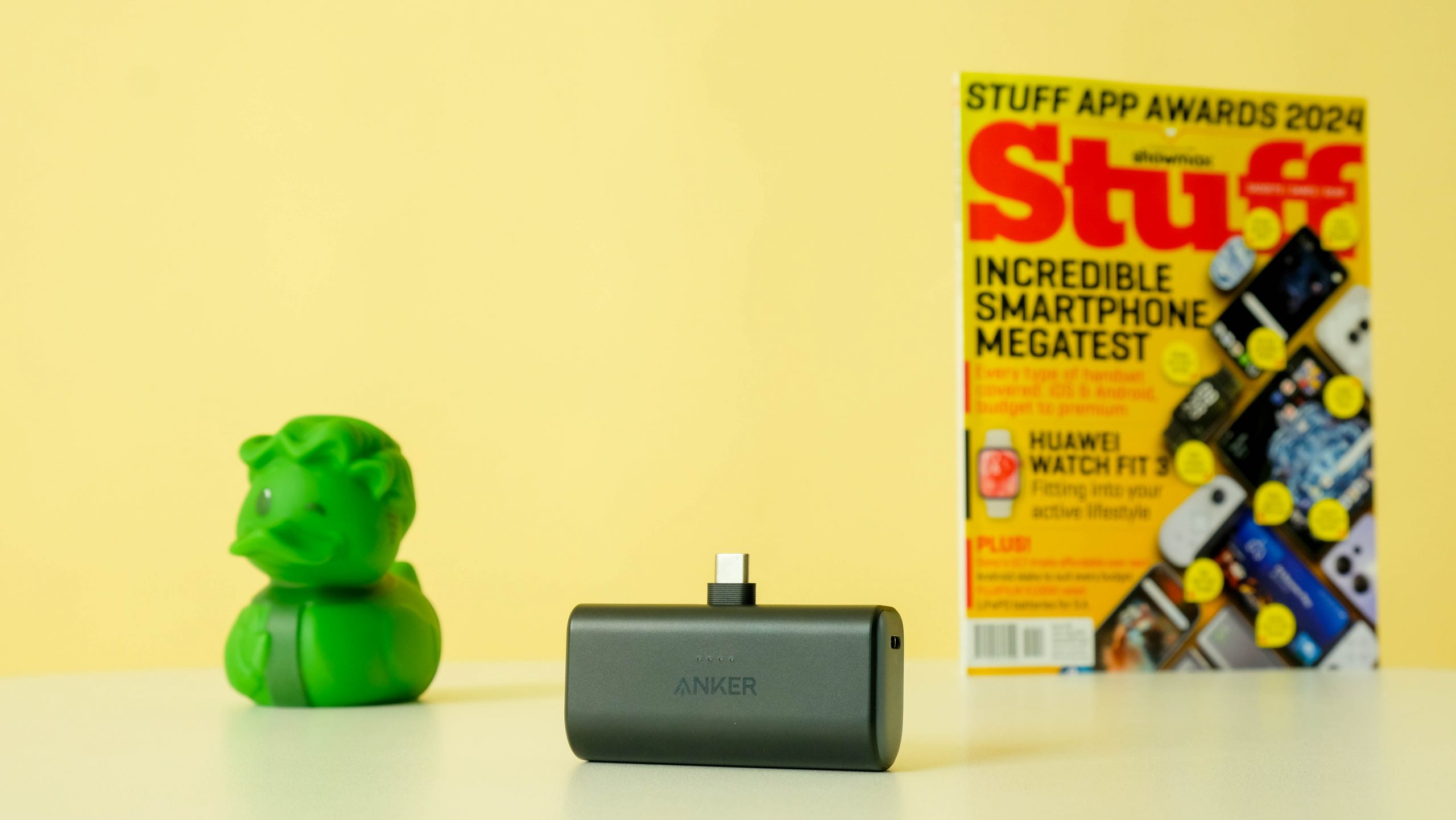 It might not look like much but the Anker Nano is a surprisingly handy gadget to have in your tech arsenal. Yeah, you can get a generic power bank of the same capacity at a third of the price (or possibly less) but it won’t be as compact or as speedy as Anker’s little number. It’s especially handy when you’re limited on space or are dangerously low on battery but still want to use your device. These are due in South Africa fairly soon, with a projected R700 price point. That may seem steep but if you’re looking to keep using a device on the go while you charge, Anker’s little package could be a life-saver.
It might not look like much but the Anker Nano is a surprisingly handy gadget to have in your tech arsenal. Yeah, you can get a generic power bank of the same capacity at a third of the price (or possibly less) but it won’t be as compact or as speedy as Anker’s little number. It’s especially handy when you’re limited on space or are dangerously low on battery but still want to use your device. These are due in South Africa fairly soon, with a projected R700 price point. That may seem steep but if you’re looking to keep using a device on the go while you charge, Anker’s little package could be a life-saver.

